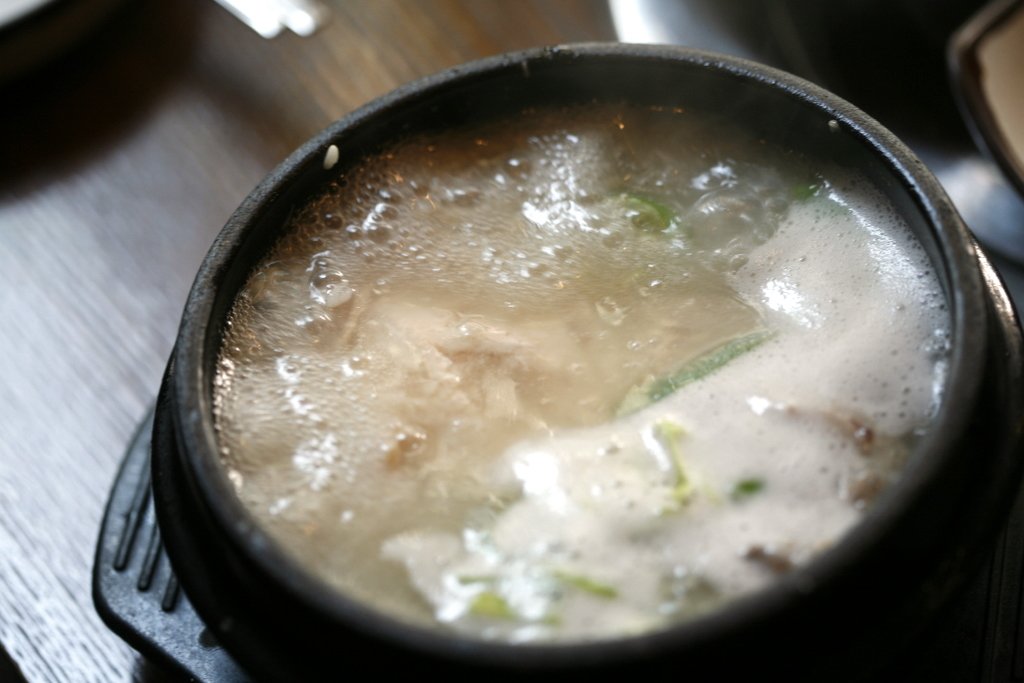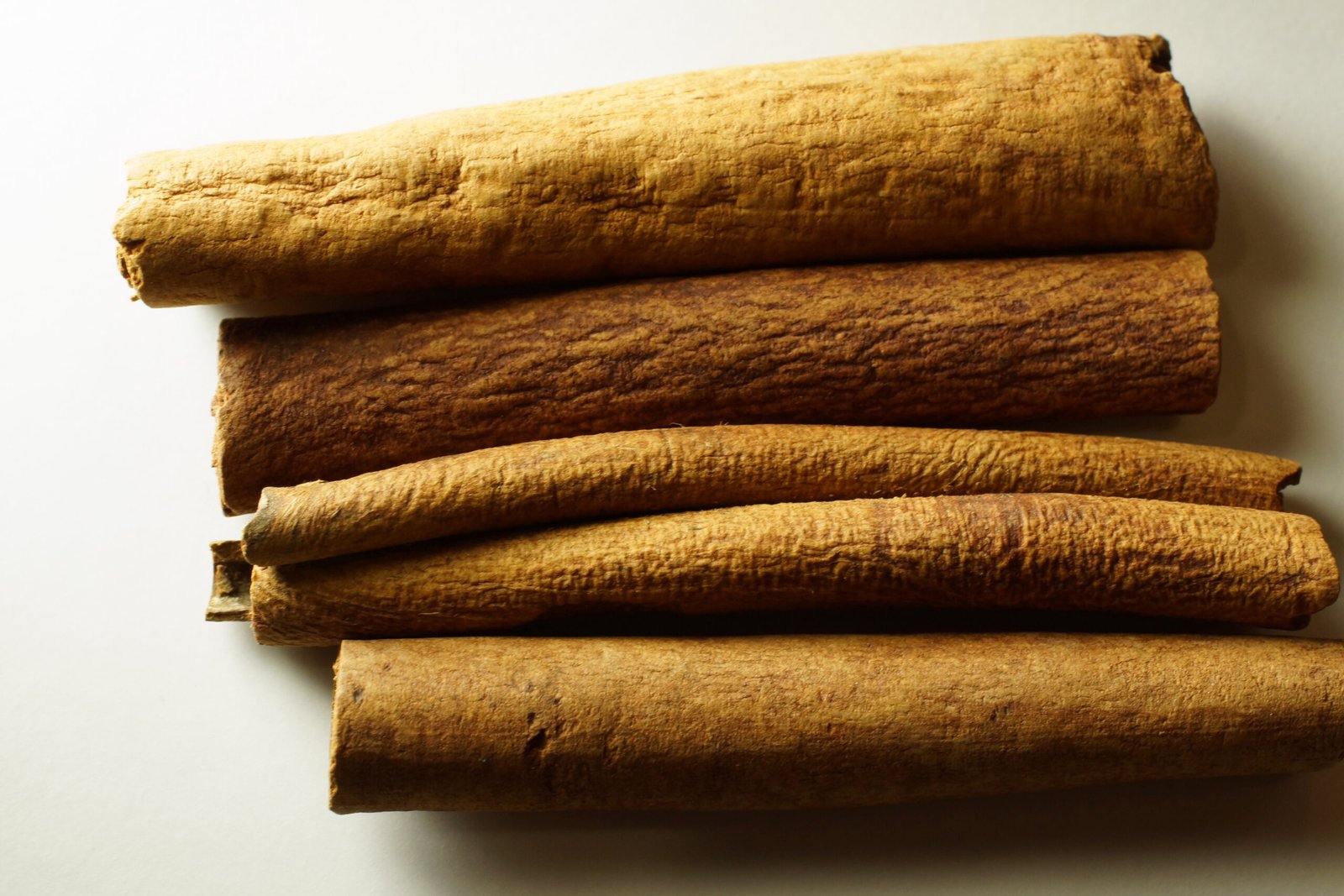Have you ever wondered how your grandmother’s steamy bowl of chicken soup somehow made you feel better when you were sick, or why sipping ginger tea seems to calm a queasy stomach? For centuries, people put their trust in remedies passed down through generations—sometimes with results that felt almost magical. But here’s the twist: many of these ancient cures, once dismissed as old wives’ tales, have now been validated by modern science. It’s like discovering your ancestors had a secret stash of wisdom, hidden in plain sight. Let’s dive into some of the most fascinating folk remedies that science has only recently given a green light, and see just how clever our ancestors really were.
Chicken Soup for the Common Cold

Few things are as comforting as a steaming bowl of chicken soup when you’re under the weather. For generations, families across cultures have served this dish to anyone sniffling or sneezing. Recent scientific studies have shown that chicken soup does, in fact, have mild anti-inflammatory properties. It helps to inhibit the movement of white blood cells, which means it can reduce those pesky cold symptoms like congestion and sore throat. The warm broth also keeps you hydrated and helps thin mucus, making it easier to breathe. It’s a simple, tasty remedy that science finally admits helps more than just your mood. Isn’t it amazing to think that a humble recipe can have such real effects?
Honey as a Cough Suppressant
Before there were cherry-flavored syrups and pharmacy aisles full of cough drops, people turned to honey to soothe a scratchy throat. Modern research has now shown that honey can be just as effective—if not more so—than over-the-counter cough medicines for calming nighttime coughing in children. Honey’s natural thickness coats the throat, while its antimicrobial properties help fight bacteria. In one study, children who took honey before bed coughed less and slept better. The next time you reach for a spoonful of honey when your throat aches, you’re not just following tradition—you’re following science.
Turmeric for Pain and Inflammation

Golden yellow turmeric has long been a staple in Indian kitchens and traditional medicine cabinets, known for its ability to ease aches and pains. Only recently have scientists isolated curcumin, the potent compound in turmeric, and confirmed its anti-inflammatory and pain-relieving powers. Clinical trials have found turmeric extracts can be as effective as some non-steroidal anti-inflammatory drugs (NSAIDs) in reducing joint pain, especially in people with arthritis. This ancient spice, once used in rituals and remedies, is now making its way into capsules and even lattes, all thanks to modern science catching up.
Garlic Against Infections
The pungent smell of garlic might not win you friends at a party, but it has been treasured for centuries as a natural defender against illness. Science has now shown that allicin, a compound released when garlic is crushed, has strong antibacterial, antiviral, and antifungal properties. Research suggests that eating garlic can help reduce the length and severity of colds and may even help fight off harmful bacteria. In an age when antibiotic resistance is on the rise, it’s almost poetic to see this kitchen staple making a comeback in the fight against infections.
Ginger for Nausea Relief
Whether it was your mother handing you a ginger ale when you had an upset stomach or the ancient Chinese using ginger root for seasickness, this spicy root has long been a favorite for nausea. Recent clinical studies confirm that ginger significantly reduces nausea and vomiting during pregnancy, after surgery, and even for chemotherapy patients. Ginger contains compounds called gingerols and shogaols, which interact with receptors in the digestive system to calm the urge to vomit. It’s a powerful example of how an ancient root can bring real comfort in the most trying moments.
Willow Bark as Nature’s Aspirin

Long before there was a pill for every pain, people chewed on willow bark to relieve headaches and fevers. Science eventually caught up and found that willow bark contains salicin, a chemical that the body converts to salicylic acid—the same active ingredient in aspirin. Modern studies show willow bark extract can help ease lower back pain, osteoarthritis, and even menstrual cramps. Knowing that this simple tree bark paved the way for one of today’s most common medicines is both surprising and humbling.
Lavender for Anxiety and Sleep
The calming, floral scent of lavender has filled pillows, baths, and sachets for centuries. Folk wisdom claimed it soothed nerves and brought peaceful sleep. Now, research backs up these claims: inhaling lavender oil or using it in aromatherapy has been proven to reduce anxiety, improve sleep quality, and even lower blood pressure in some people. One study found that patients exposed to lavender aroma before surgery reported less anxiety and slept better afterward. Sometimes, the secret to peace really is in the air.
Aloe Vera for Burns and Skin Healing
Aloe vera’s cool, gel-filled leaves have been pressed onto burns and wounds for thousands of years. Today, science confirms that aloe speeds up the healing of minor burns, moisturizes the skin, and reduces inflammation. Compounds in aloe, like glucomannan and gibberellin, help stimulate new cell growth and repair damaged tissue. Hospitals and first aid kits now include aloe gel for burn care, showing how this ancient remedy has become mainstream medicine.
Yogurt and Fermented Foods for Gut Health
Long before probiotics became a buzzword, people around the world ate yogurt, kimchi, and sauerkraut to “settle their stomachs.” We now know these fermented foods are rich in beneficial bacteria that support a healthy gut microbiome. Scientific research has shown that eating probiotics can improve digestion, boost immunity, and even affect mood by influencing the gut-brain axis. It turns out our ancestors’ cravings for tangy, fermented foods were more than just a matter of taste—they were a recipe for better health.
Tea Tree Oil for Skin Infections
Australian Aboriginal people have used crushed tea tree leaves to treat wounds for generations. Today, tea tree oil is a staple in natural skincare, and science backs its power. Studies show that tea tree oil is effective against acne, athlete’s foot, and even some antibiotic-resistant bacteria. Its antimicrobial and anti-inflammatory properties make it a valuable tool in the fight against skin infections. It’s almost poetic how a plant from the wilds of Australia now helps people across the globe.
Oats for Skin Soothing
A soothing oat bath for itchy skin might sound like an old-fashioned fix, but modern dermatologists recommend it too. Colloidal oatmeal, made from finely ground oats, has been proven to reduce inflammation and itching in conditions like eczema, chickenpox, and rashes. Oats contain avenanthramides, unique compounds that calm irritated skin and restore its barrier. Sometimes, the softest remedies are the most powerful.
Mint for Digestive Comfort
The cool, fresh taste of mint isn’t just for flavor—it’s been used for centuries to relieve digestive troubles. Peppermint oil, in particular, has now been shown in clinical trials to ease symptoms of irritable bowel syndrome, including bloating and cramping. It works by relaxing the muscles of the digestive tract and reducing spasms. When your grandmother offered you mint tea after a heavy meal, she was offering more than comfort—she was offering a scientifically proven remedy.
Cloves for Toothache Relief
There’s a reason clove oil is found in dental offices and old family recipes alike. For centuries, people pressed whole cloves against aching teeth to numb the pain. Science has revealed that eugenol, the main compound in cloves, acts as a natural anesthetic and anti-inflammatory. Research confirms that clove oil can temporarily reduce tooth pain and control infection-causing bacteria. Next time you reach for a clove when you have a toothache, you’re following a tradition that’s been expertly validated.
Cranberry Juice for Urinary Tract Health
For years, people have sipped tart cranberry juice to keep urinary tract infections at bay, though many dismissed this as myth. Recent studies now show that certain compounds in cranberries, called proanthocyanidins, prevent bacteria from sticking to the walls of the urinary tract. This reduces the risk of infection, especially in women prone to recurrent UTIs. While cranberry juice isn’t a cure-all, it’s a powerful tool that science has finally put its stamp of approval on.
Fennel Seeds for Bloating and Gas
Chewing fennel seeds after a meal is a tradition in India and the Mediterranean that dates back thousands of years. Science has now shown that fennel relaxes the muscles in the gastrointestinal tract, helping to relieve bloating, gas, and cramping. The essential oils in fennel, particularly anethole, help stimulate digestion and prevent uncomfortable symptoms. It’s a fragrant, natural way to feel lighter after a big meal.
Chamomile for Relaxation and Sleep
The gentle, apple-like scent of chamomile tea has soothed countless nerves and coaxed many to sleep. Recent research has confirmed that chamomile contains apigenin, a compound that binds to receptors in the brain, promoting relaxation and reducing anxiety. Clinical trials show that drinking chamomile tea can improve sleep quality and help with mild insomnia. Sometimes, the simplest rituals—a warm cup before bed—can have profound effects, both physically and emotionally.
Stinging Nettle for Allergy Relief
It sounds counterintuitive: using a plant that stings to relieve allergies. Yet for hundreds of years, herbalists have recommended stinging nettle for hay fever. Recent studies suggest that nettle contains compounds that block histamine receptors and reduce inflammation, helping to soothe sneezing and itchy eyes. Though it won’t replace your allergy meds entirely, it’s a reminder that nature often hides its cures in unexpected places.
Cinnamon for Blood Sugar Control

The sweet-spicy scent of cinnamon isn’t just for holiday baking. Traditional medicine has long used cinnamon to control blood sugar, and now science agrees. Several studies show that cinnamon can help lower fasting blood glucose levels and improve insulin sensitivity in people with type 2 diabetes. The active compounds, including cinnamaldehyde, seem to mimic the effects of insulin. Next time you sprinkle cinnamon on your oats, remember you’re also supporting your body in a centuries-old way.
Black Elderberry for Immune Support
Elderberry syrup has been a go-to for cold and flu season in folk medicine, and today it’s a staple on pharmacy shelves. Research shows that black elderberry extracts can help reduce the duration and severity of cold and flu symptoms, likely due to their high levels of antioxidants and immune-boosting compounds. Elderberry appears to block viruses from entering cells and ramp up the body’s natural defenses. In a world full of synthetic supplements, it’s a comfort to know that berries from a humble bush still hold such power.
Apple Cider Vinegar for Blood Sugar and Digestion

People have been drinking apple cider vinegar for health since ancient times, despite its strong taste. Science now suggests that a tablespoon of apple cider vinegar before meals can help lower blood sugar spikes, especially after eating carbohydrates. It works by slowing the breakdown of starches and increasing insulin sensitivity. Some studies also show it can help with digestion and even modest weight loss. It’s fascinating how a sour, fermented drink has stood the test of time and science.
Pepper for Circulation and Pain Relief
Black pepper and chili peppers have both played roles in folk remedies to boost circulation and relieve pain. Capsaicin, the compound that gives chili peppers their heat, is now used in topical creams to reduce joint pain, nerve pain, and even psoriasis. It works by depleting substance P, a chemical involved in transmitting pain signals. Black pepper’s piperine also helps the body absorb nutrients and may support healthy metabolism. It’s a spicy reminder that sometimes, a little heat really does heal.
The wisdom of generations past isn’t just a collection of charming stories—it’s a treasure trove of medical insight that science is still uncovering. The next time you turn to an old remedy, remember that you’re not just following tradition—you’re carrying on a legacy of knowledge that’s finally getting the scientific spotlight it deserves. Who knew your grandmother’s kitchen could double as a cutting-edge laboratory?

Jan loves Wildlife and Animals and is one of the founders of Animals Around The Globe. He holds an MSc in Finance & Economics and is a passionate PADI Open Water Diver. His favorite animals are Mountain Gorillas, Tigers, and Great White Sharks. He lived in South Africa, Germany, the USA, Ireland, Italy, China, and Australia. Before AATG, Jan worked for Google, Axel Springer, BMW and others.




